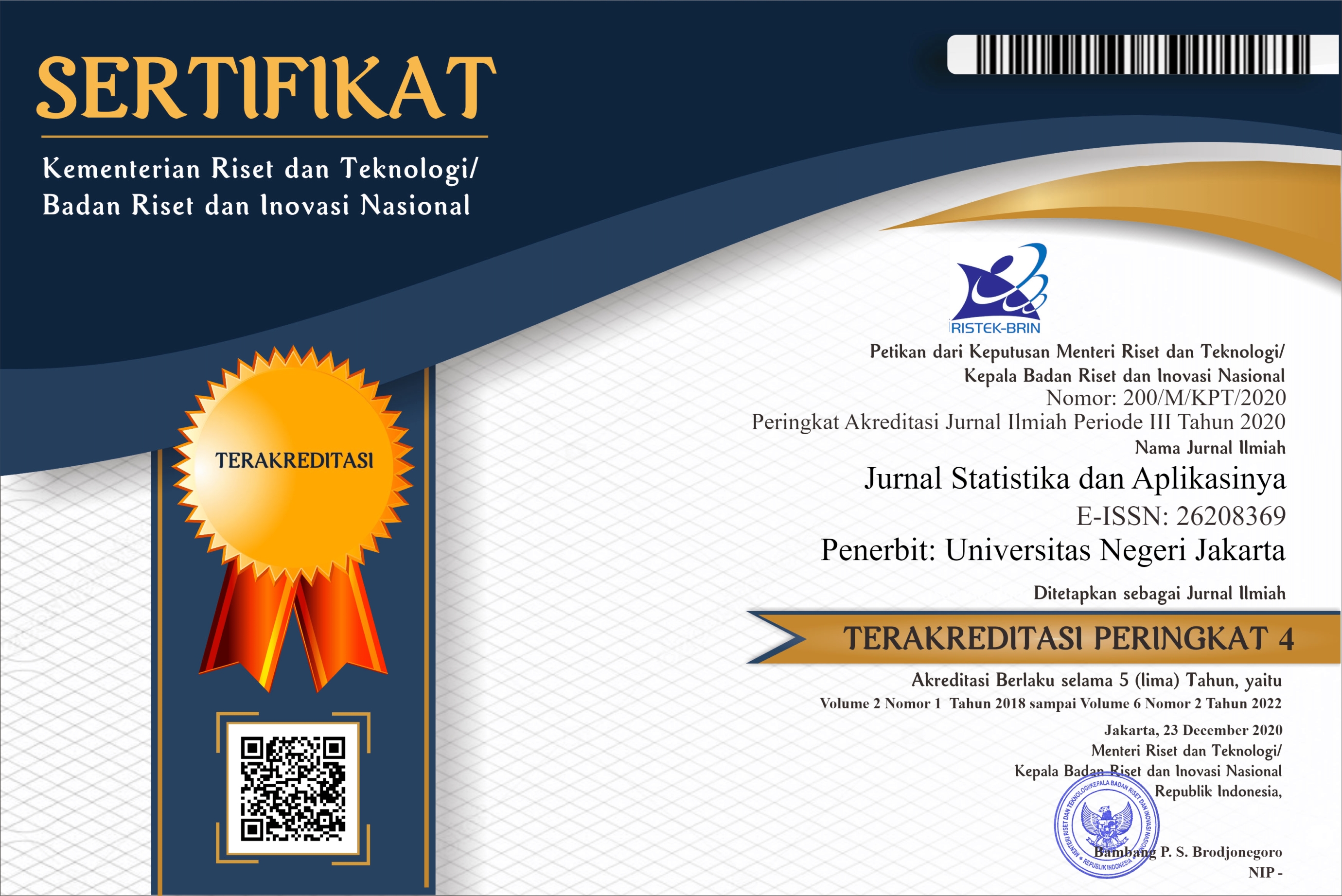Analisis Non-Hierarchical Clustering dan Lagrangean Multiplier dalam Penentuan Bobot Portofolio Optimal Saham Perbankan Indonesia
DOI:
https://doi.org/10.21009/JSA.06219Keywords:
Investment, Clustering, Return, PortfolioAbstract
Investment banking is a financial entity. Investment banking is an important financial intermediary that is indispensable in the capital market. The increasing interest of investors in investing in the stock market has increased because the stock market offers flexible and transparent money options opportunities for risk sharing with the potential for positive returns. Every investor wants a high rate of return with a low risk value. Risk cannot be eliminated, but can be minimized. Clustering means finding and defining a number of clusters (or groups) in a data set. Grouping is done based on numerical equations or distances (dissimilarities). The k-means algorithm is a grouping algorithm based on distance. In the k-means algorithm, the smaller the distance between the samples, the higher the similarity. The k-medoids algorithm is used to find medoids in a cluster which is the center point of the cluster. The return value or commonly known as the return on the funds invested in the investment. Portfolio is a collection of several investment instruments formed with the aim of meeting investment goals. obtained 5 clusters using k-means algorithm with total of wss 23,606. The optimal portfolio weight percentage for each stock formed is BMAS (9.11%%), BANK (32.78%), ARTO (28.84%), BBYB (16.72%), and BBHI (12.54%). Furthermore, from the results of the optimization calculations that have been obtained,the expected return portfolio value is and the portfolio variance is . Investing Rp.1.000.000.000,-, then the expected return value that will be obtained when choosing this portfolio is Rp.11.094.300,-.






